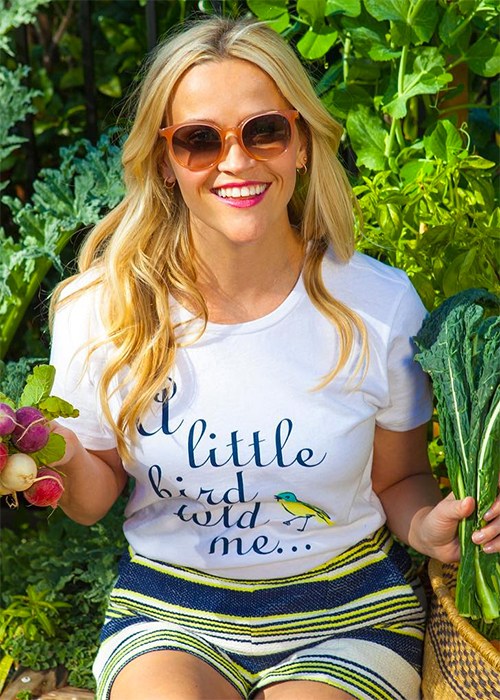They’re packed with nutrients and are super delicious
Think your salad just isn’t cutting the mustard now that the cool weather change is in tow? Amp up your work lunch by introducing some hearty vegetables into your diet - not only are they delicious, but they’re also nutritionally dense and are incredibly versatile. We spoke with Cheryl Goodman, naturopath and Swisse expert, for her advice on the best vegetables to eat this autumn.
#1 / Silverbeet
Benefits: “Nutritionally, silverbeet is a powerhouse, containing good levels of vitamin C, beta carotene, folate, vitamin B6 and vitamin K,” says Goodman. “It also has some iron, which when consumed as a vegetable source, is best absorbed with vitamin C so eat with tomatoes or lemon juice to optimise iron absorption.”
Eat it in: Looking to lift your stir-fry? Consider throwing in a handful of chopped silverbeet; this ingredient works a treat in stews and stir-frys, or simply sauté it with onion and garlic.
#2 / Leek
Benefits: “Leeks are also an excellent source of vitamin A, K and manganese,” explains Goodman. “They’re part of the onion family that contains antioxidants called flavonoids. In particular, it contains kaempferol, which has many health benefits.”
Eat it in: Don’t underestimate this sturdy vegetable. Besides being rich in vitamins, it’s also a welcome addition to soups (you can’t go past a classic potato and leek soup) or try it fried and placed over dishes as a garnish.
#3 / Fennel
Benefits: “Fennel is low in kilojoules and has plenty of fibre,” says Goodman. “Plus, the entire plant can be used, meaning minimal wastage.”
Eat it in: Interestingly, fennel comes from the same vegetable family as carrots, parsley and dill, and has a rich, aromatic taste. If you’re looking to pair it with a particular style of cooking, this ingredient works well with Mediterranean flavours.
#4 / Beetroot
Benefits: “Beetroot contains high levels of the antioxidants known as betalains, which account for its vibrant red colouring. Plus, beetroot is also a good source of folate, manganese, potassium and fibre.”
Eat it in: This root vegetable is seriously delicious and comforting, and can be thrown in the oven (just coat them in olive oil), then eaten with a roast or tossed in a warm salad.
#5 / Brussel sprouts
Benefits: “100 grams will give you your whole vitamin C and K intake for the day,” explains Goodman. “Cook them less and you will preserve more of the vitamin C content.”
Eat it in: Hate the smell of brussel sprouts? It could be because you’re overcooking them, which releases a sulphur compound and gives off an unpleasant odour. When you’re at the supermarket, pick dark green and firm sprouts and lightly sauté them.
Want better skin? Here are the foods you should eat, and how to incorporate them into your diet.
Main image credit: Instagram @reesewitherspoon

Iantha is BEAUTYcrew's Beauty Editor, and has been part of the team since the site launched in 2016. Besides pinky-nude nail polish and wispy false lashes, she has a healthy obsession with face masks and skin care ingredients. Her previous work can be found in Virgin Australia Voyeur, Women's Health, and SHOP Til You Drop.








